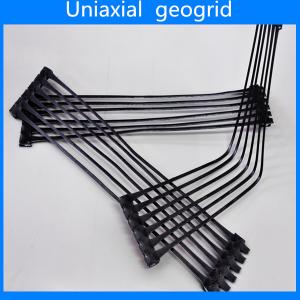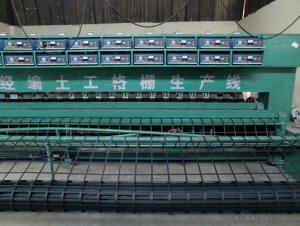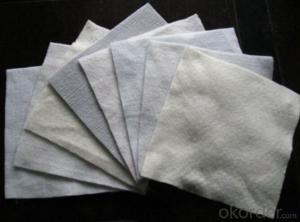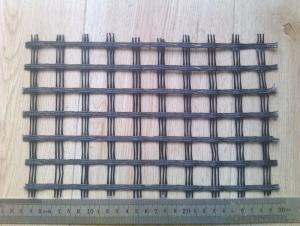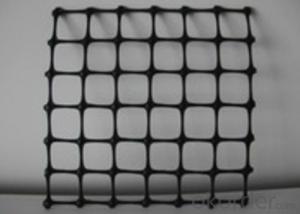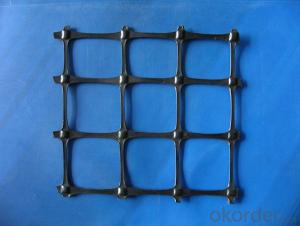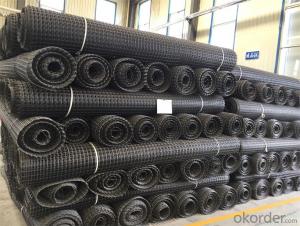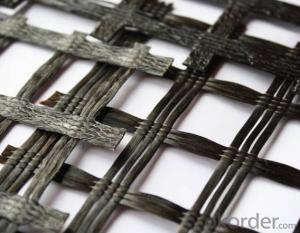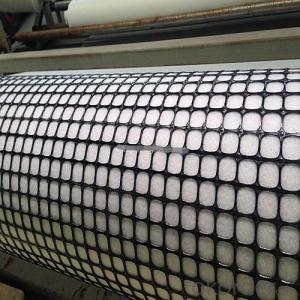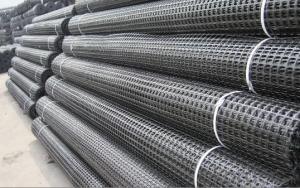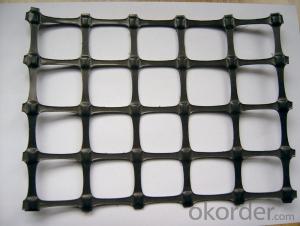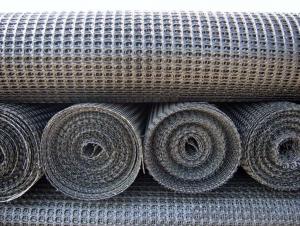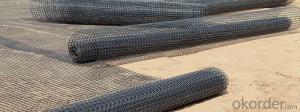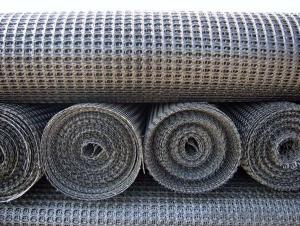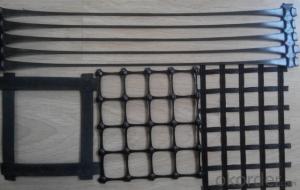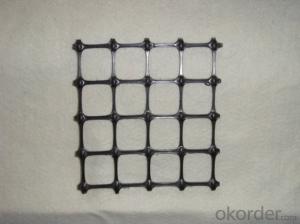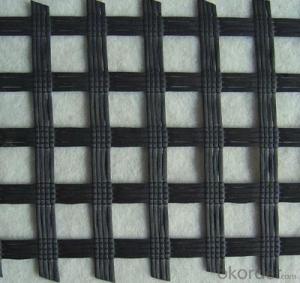Interax Geogrid
Interax Geogrid Related Searches
Tensar Interax Geogrid Triax Geogrid Tenax Geogrid Geogrid Triax Triax Tx Geogrid Tensar Triax Geogrid Triaxial Geogrid 3xt Geogrid Biaxial Integral Geogrid Uniaxial Geogrid Multiaxial Geogrid Terrafix Geogrid Geogrid Uniaxial Plaxis Geogrid Alliance Geogrid Triax Geogrid Price Geogrid Layer Tensar Ux Geogrid Geogrid Machine Triax 160 Geogrid Triax Tx160 Geogrid Tensar Triax Tx7 Geogrid Geogrid Overlap Paralink Geogrid Tensar Triax Tx170 Geogrid 5xt Geogrid Geostar Geogrid Miragrid 3xt Geogrid Honeycomb Geogrid Universal GeogridInterax Geogrid Supplier & Manufacturer from China
Interax Geogrid is a high-performance geosynthetic product designed to enhance the stability and load-bearing capacity of soil structures. It is widely used in various civil engineering applications, such as road construction, slope protection, and retaining walls, to improve the overall performance and longevity of the projects. The unique properties of Interax Geogrid allow it to distribute loads evenly, reduce soil deformation, and provide greater stability to the underlying soil layers.In numerous construction projects, Interax Geogrid plays a crucial role in reinforcing soil and improving the structural integrity of the groundwork. It is particularly effective in situations where the soil is weak or unstable, as it can significantly enhance the soil's strength and resistance to deformation. This makes Interax Geogrid an indispensable component in the construction of roads, bridges, and other infrastructure projects that require a strong and stable foundation.
Okorder.com is a leading wholesale supplier of Interax Geogrid, offering a vast inventory of this high-quality geosynthetic product to customers worldwide. With a commitment to providing the best products at competitive prices, Okorder.com ensures that contractors and engineers have access to the materials they need to complete their projects successfully and efficiently. By partnering with Okorder.com, customers can be confident that they are receiving top-quality Interax Geogrid that meets the highest industry standards.
Hot Products



